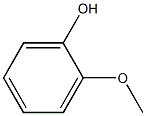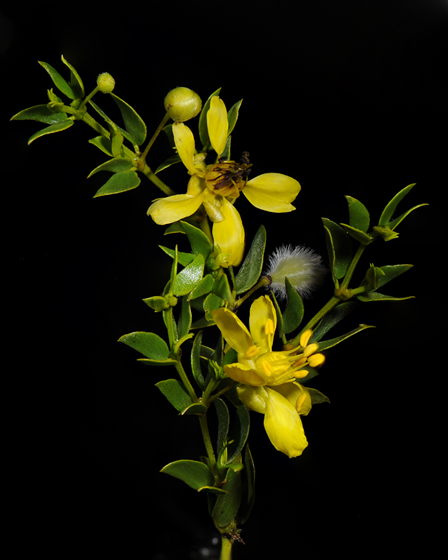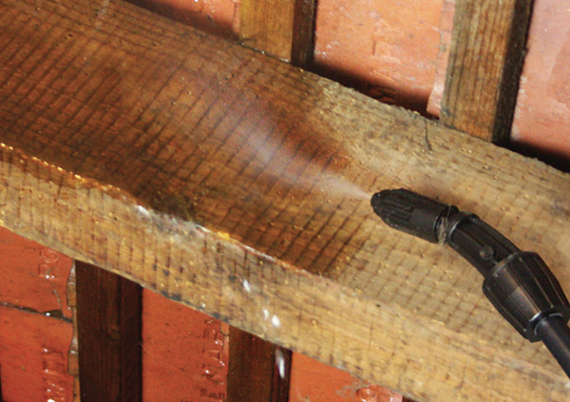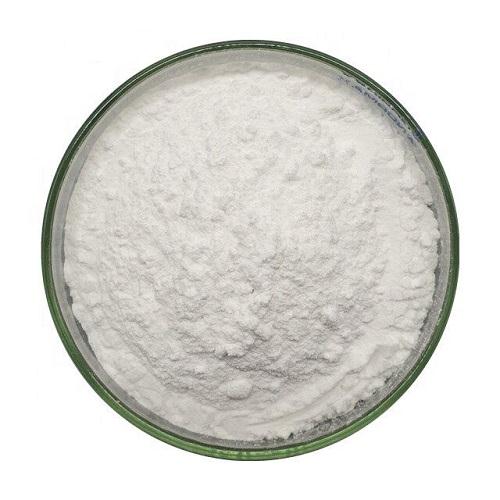Protonic ionic liquids for creosote wood treatment
Creosote is one of the oldest historically used heavy-duty wood preservatives and has the advantage of a long service life (over 40 years). Creosote treated wood has been used extensively in non-residential scenarios such as railroad ties, utility poles, communication poles and fence panels. Creosote is a mixture of heavy oils that are produced by distilling coal tar or wood tar at temperatures of 200-350 °C. The creosote is a mixture of heavy oils that are produced by distilling coal tar or wood tar at temperatures of 200-350 °C. Approximately 85% of creosote extracted from coal tar is polycyclic aromatic hydrocarbons (PAHs) and the remaining 10-15% consists of simpler phenolic compounds, however, emissions of PAHs and phenolic compounds have a negative impact on air quality. Creosote treated wood is classified as a hazardous waste and current disposal pathways are limited to dedicated landfills or burning in specialized facilities, therefore, the need for chemical processes to divert hazardous contaminated wastes such as creosote from landfills will continue to grow in the future.
Significant development potential has been demonstrated in biomass pretreatment processes based on ionic liquids (ILs). Due to their high efficiency in lignocellulosic deconstruction, several pretreatment strategies have been developed, such as ILs dissolution, ILs graded separation and one-pot integration processes. Compared to conventional acidic or alkaline aqueous pretreatment methods, ILs-based biomass processes have shown excellent performance. However, the cost of ILs has been an issue that cannot be ignored when compared to conventional solvents used in industry. Low-cost proton ILs (PILs), a class of ILs synthesized via acid-base neutralization reactions between organic amines and acids, selectively extract lignin and hemicellulose to produce cellulose-rich pulp streams, solving the biggest cost problem associated with ILs-based biomass processes.
Based on this, P. Hallett et al. of the Royal University of London, UK, explored the use of PILsN,N dimethyl-N-butylammonium hydrogen sulfate [DMBA][HSO4] to effectively decontaminate hazardous creosote treated wood, opening up new, recyclable treatment strategies for hazardous creosote waste management.
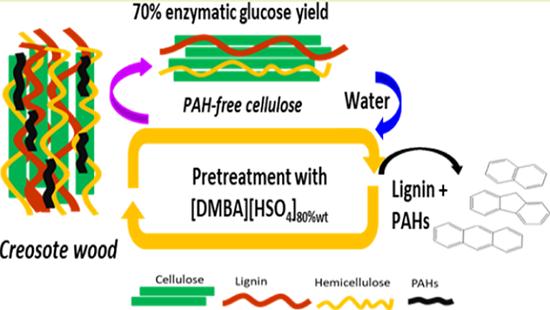
(Photo credit: ACS Sustainable Chem. Eng.)
You may like
Related articles And Qustion
Lastest Price from Creosote manufacturers

US $10.00/KG2025-04-21
- CAS:
- 8021-39-4
- Min. Order:
- 1KG
- Purity:
- 99%
- Supply Ability:
- 100 mt

US $0.00/KG2025-04-21
- CAS:
- 8021-39-4
- Min. Order:
- 1KG
- Purity:
- 98% up, JP14/BPC1959
- Supply Ability:
- 20 tons
